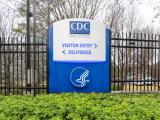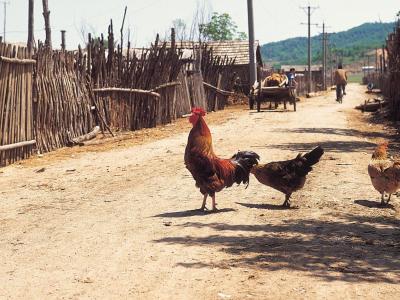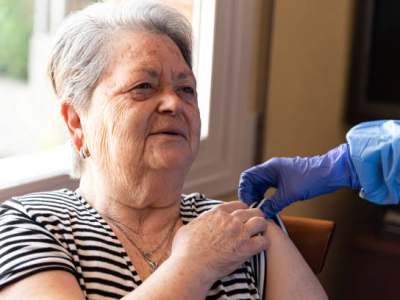May 12, 2010 (CIDRAP News) – Hospitalization rates for rotavirus infections among US children dropped dramatically in the first 2 years after the first rotavirus vaccine was recommended for routine use, researchers from the US Centers for Disease and Prevention (CDC) reported today.
In an analysis of hospital discharge data from 18 states, which covers nearly half of the US population, they looked at acute gastroenteritis hospitalization rates for eight age-groups of children younger than 5. They reported their findings in the Jun 1 issue of the Journal of Infectious Diseases.
They calculated that the median hospitalization rate for rotavirus seasons from 2000 through 2006 was about 101 per 10,000 children. Hospitalization rates for 2007 and 2008 were 16% and 45% lower, respectively. Youngsters aged 6 to 23 months had the greatest reduction at 50%, followed by those 24 to 59 months at 42% to 45%, and babies up to age 2 months at 28%.
In an editorial that accompanied the report, pediatricians Dr Geoffrey Weinberg and Dr Peter Szilagyi from the University of Rochester School of Medicine and Dentistry in Rochester, N.Y., wrote that the relatively new vaccine has shown great promise in controlling a viral infection that leads to 25,000 to 50,000 hospitalizations and nearly 400,000 emergency department visits each year in the United States. Worldwide, the disease is linked to nearly 600,000 deaths each year.
They said the new report, which shows vaccine effectiveness, provides a real-world view that can help officials plan their public health initiatives.
In a related development, a meta-analysis of 34 rotavirus vaccine trials by Cochrane Collaboration researchers concluded that the vaccines are effective and that the benefits outweigh any risk, though safety monitoring should continue. The analysis, released today by the Cochrane Library, included more than 175,000 participants, with 26 of the trials on Rotarix and 8 involving Rotateq.
The report said both vaccines reduced all-cause diarrhea and hospitalization from rotavirus infections. Compared to placebo, both vaccine groups had similar safety profiles and both were immunogenic.
The pair of studies come on the heels of regulatory scrutiny of both rotavirus vaccines marketed in the United States. On Mar 22 the Food and Drug Administration (FDA) announced that although it doesn't appear that Rotarix, made by GlaxoSmithKline, poses any safety risks, physicians should suspend administering it until government and industry scientists could review evidence of DNA fragments of porcine circovirus found in the vaccine. On May 6, the day before the Food and Drug Administration (FDA) vaccine advisory committee was scheduled to discuss the Rotarix findings, the group learned that researchers also found DNA fragments of two PCV subtypes in the other licensed rotavirus vaccine, Rotateq, made by Merck.
At the FDA Vaccine and Related Biological Products Advisory Committee (VRBPAC) meeting, most members hailed the benefits of the rotavirus vaccines and said they clearly outweigh the risks. However, some expressed concerns about fragments of PCV subtype 2 in Rotateq, because it can cause disease in pigs.
Meanwhile, two vaccine safety groups called on the FDA this week to suspend use of Merck's rotavirus vaccine.
See also:
May 12 J Infect Dis abstract
May 12 J Infect Dis editorial
May 7 CIDRAP News story "Second rotavirus vaccine found to contain porcine circovirus"
















